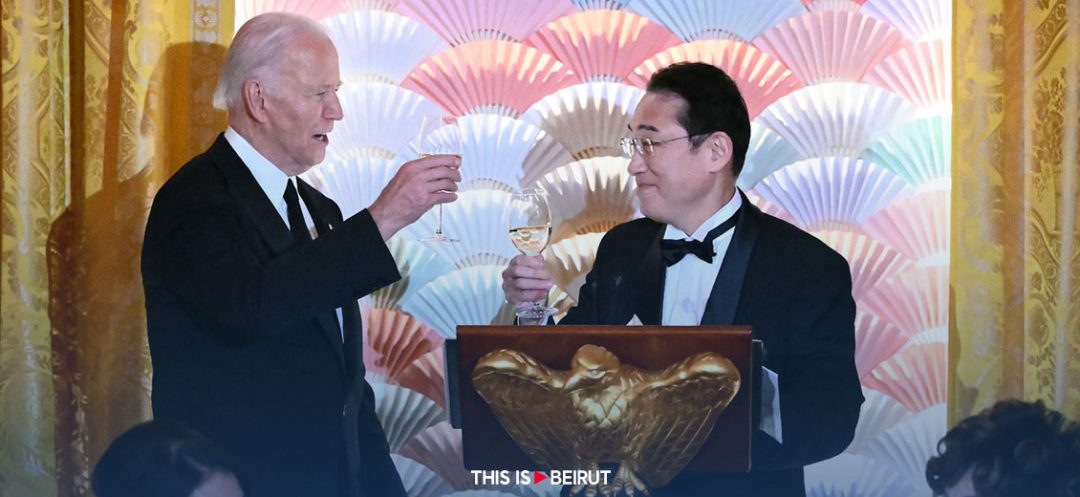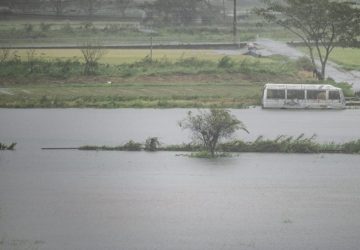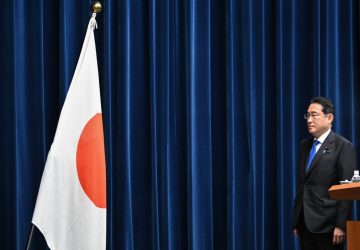Japan’s Prime Minister Fumio Kishida on Friday cancelled a trip to Central Asia after earthquake scientists warned the country should prepare for a possible “megaquake.”
The Japan Meteorological Agency (JMA) issued the advisory on Thursday after eight people were injured by a tremor of magnitude 7.1 in the south.
Kishida was due Friday to travel to Kazakhstan, Uzbekistan, and Mongolia and had planned to attend a regional summit.
“As the prime minister with the highest responsibility for crisis management, I decided I should stay in Japan for at least a week,” he told reporters.
“The likelihood of a new major earthquake is higher than normal, but this is not an indication that a major earthquake will definitely occur,” the JMA said.
Sitting on top of four major tectonic plates, the Japanese archipelago of 125 million people sees some 1,500 quakes every year, most of them minor.
Even with larger tremors, the impact is generally contained thanks to advanced building techniques and well-practised emergency procedures.
The government has previously said a megaquake has a roughly 70 percent probability of striking within the next 30 years.
It could affect a large swath of the Pacific coastline of Japan and threaten an estimated 300,000 lives in the worst-case scenario, experts say.
‘Risk Elevated, but Low’
“While earthquake prediction is impossible, the occurrence of one earthquake usually does raise the likelihood of another,” experts from Earthquake Insights said.
But they added that even when the risk of a second earthquake is elevated, it is “still always low.”
On January 1, a 7.6-sized jolt and powerful aftershocks hit the Noto Peninsula on the Sea of Japan coast, killing at least 318 people, toppling buildings, and knocking out roads.
In 2011, a mammoth 9.0-magnitude undersea quake off northeastern Japan triggered a tsunami that left around 18,500 people dead or missing.
It sent three reactors into meltdown at the Fukushima nuclear plant, causing Japan’s worst post-war disaster and the most serious nuclear accident since Chernobyl.
A future megaquake could emanate from the vast Nankai Trough off eastern Japan that in the past has seen major jolts, often in pairs, with magnitudes of eight and even nine.
Natsuko Fukue, with AFP





